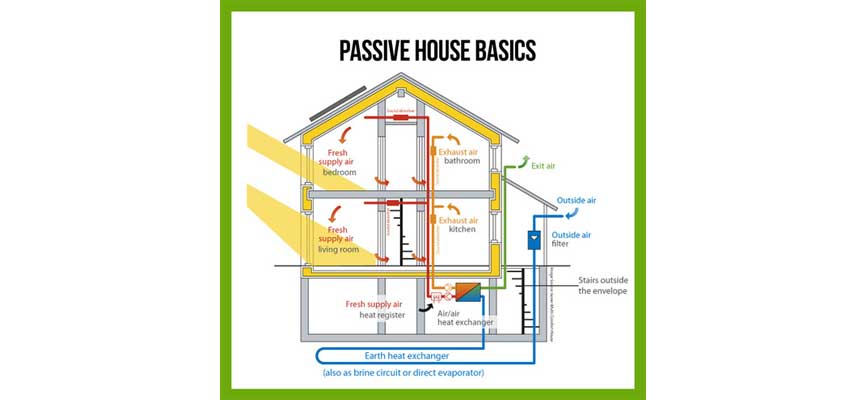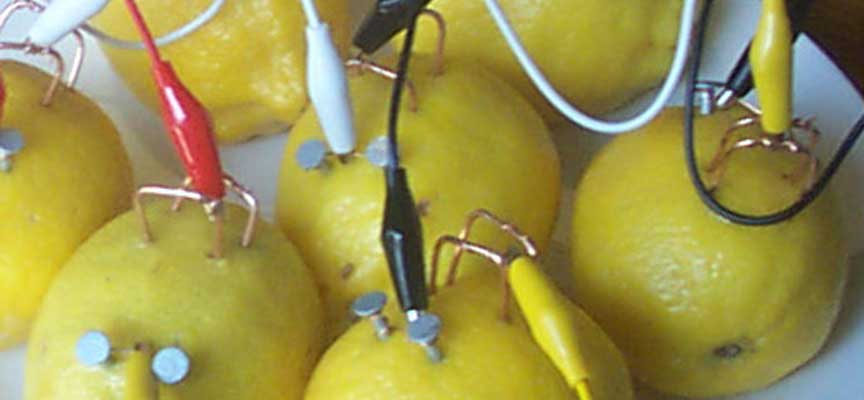How to build a solar panel DIY
Would you like to save on their electricity bills by making your home a solar panel, but you cannot deal with at this time, the expenses that need this facility? Now spending very little, you can make it yourself, using the technique of DIY.
Follow this guide and you list all the material you need and step by step, all you have to do, for its construction and operation.
Make sure you have on hand: 1 wooden container, Silicone, Glue for wood, Cutters. Soldering iron and tin, 36 solar cells, Plexiglass, Voltmeter.
First, as a first thing, we must know that a photovoltaic panel is a set of a group of solar cells (or also called photovoltaic modules), all positioned in a container (in this case because it is easier). So you have to buy these solar cells, which are usually found on the market for 3X6 and generate about 0.5 volts and 3.5 amps.
To fulfill a panel that generates 18 volts, you have to buy 36 solar cells. Now you have to build a container in this case wood (but you can do also with other types of materials), also add to the strips, in order to stabilize the layer of solar cells and a hole, to release the wires, following.
When you have finished building the wooden container, you must begin repaying the solar cells, making sure to solder a diode that will allow the current to flow in only one direction. In addition, you will need to also use a charge controller, which will allow you not to connect directly to the battery, your solar panel.
So now you have to connect all the cells, with a bit of silicone on the top. The cells need to glue on the wood that is a material that expands and contracts with the heat, in fact, putting a little silicone at the center of the cell. The timber will allow the silicone to expand easily.
The time now assembled all the solar cells. You are only a few things to do. First, the hole that you have practiced before you have to insert the wires and then with silicone fill the space left of the hole, to stop if there is the presence of moisture. To conclude need to screw in a plexiglass plate downwards and also on top of the container.
Now you need a voltmeter that you will need to measure the electric potential difference, between the two points of the circuit. If your voltmeter, reads the numbers from 18 to 20 volts, then your solar panel, it works perfectly.






